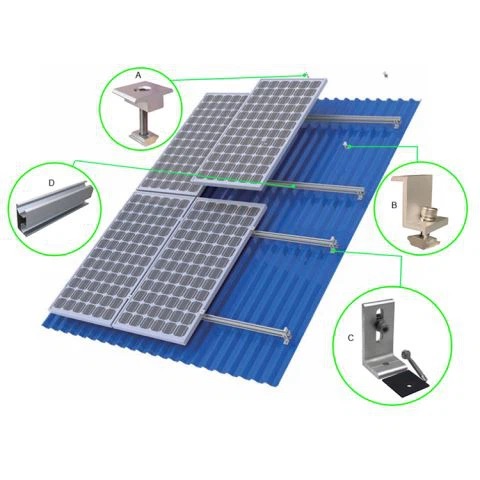The assembly conditions for solar panels involve the manufacturing process of combining individual solar cells, electrical components, and protective materials to create a functional solar module. The assembly conditions can vary based on the type of solar technology, the design of the solar panel, and the materials used.
- Cleanroom Environment:
- Solar panel assembly often takes place in a cleanroom environment to minimize dust, particles, and contaminants that could affect the performance of the solar cells. Cleanroom conditions help ensure the cleanliness of the components and improve the overall efficiency and quality of the solar panels.
- Temperature and Humidity Control:
- Temperature and humidity control are important factors during the assembly process. Maintaining specific temperature and humidity levels helps prevent damage to sensitive components and ensures consistent and reliable manufacturing.
- Automated Manufacturing:
- Many solar panel assembly processes are automated to enhance precision and efficiency. Automated equipment is used for tasks such as laying out solar cells, applying adhesives, connecting electrical components, and encapsulating the cells.
- Tabbing and Stringing:
- Solar cells are interconnected using conductive ribbons (tabbing) and strings to create a solar panel. This process requires precision to ensure proper electrical connections between the cells. Automated tabbing and stringing machines are commonly used for this purpose.
- Lamination:
- Lamination is a critical step where the solar cells are encapsulated between layers of encapsulant material and the backsheet. This process is often carried out using a combination of heat and pressure to ensure proper bonding and sealing. The encapsulant material, such as ethylene-vinyl acetate (EVA), is chosen for its transparency, flexibility, and ability to protect the solar cells from environmental factors.
- Frame Attachment:
- Once the solar cells are encapsulated, a frame is attached to the perimeter of the solar module. The frame provides structural support and protection to the solar panel.
- Material Handling:
- Careful handling of materials is crucial to prevent damage to the solar cells and other components. Automated handling systems are often used to minimize the risk of human error and reduce the likelihood of contamination.
It’s important to note that advancements in solar panel manufacturing continue to evolve, and different manufacturers may have variations in their assembly processes based on their specific technologies and innovations.


